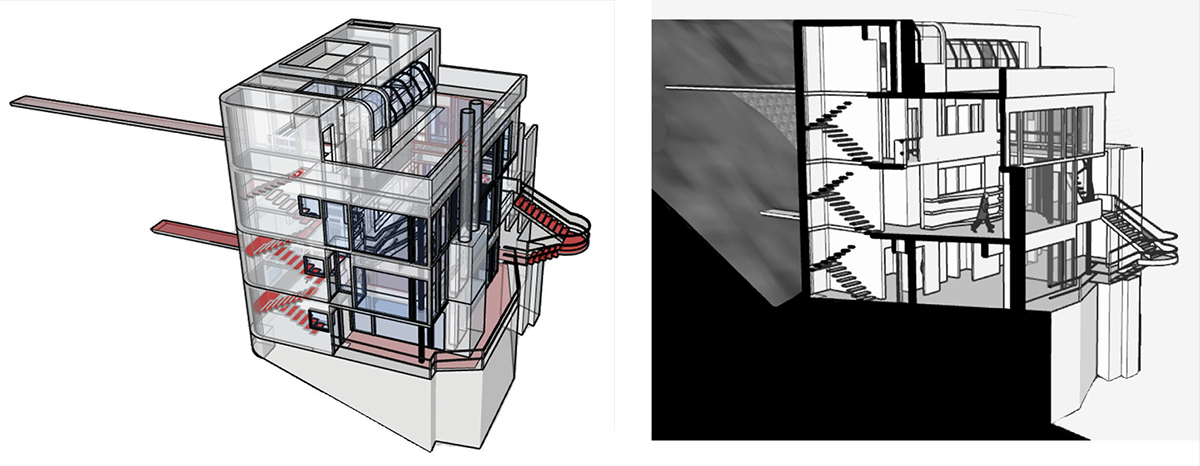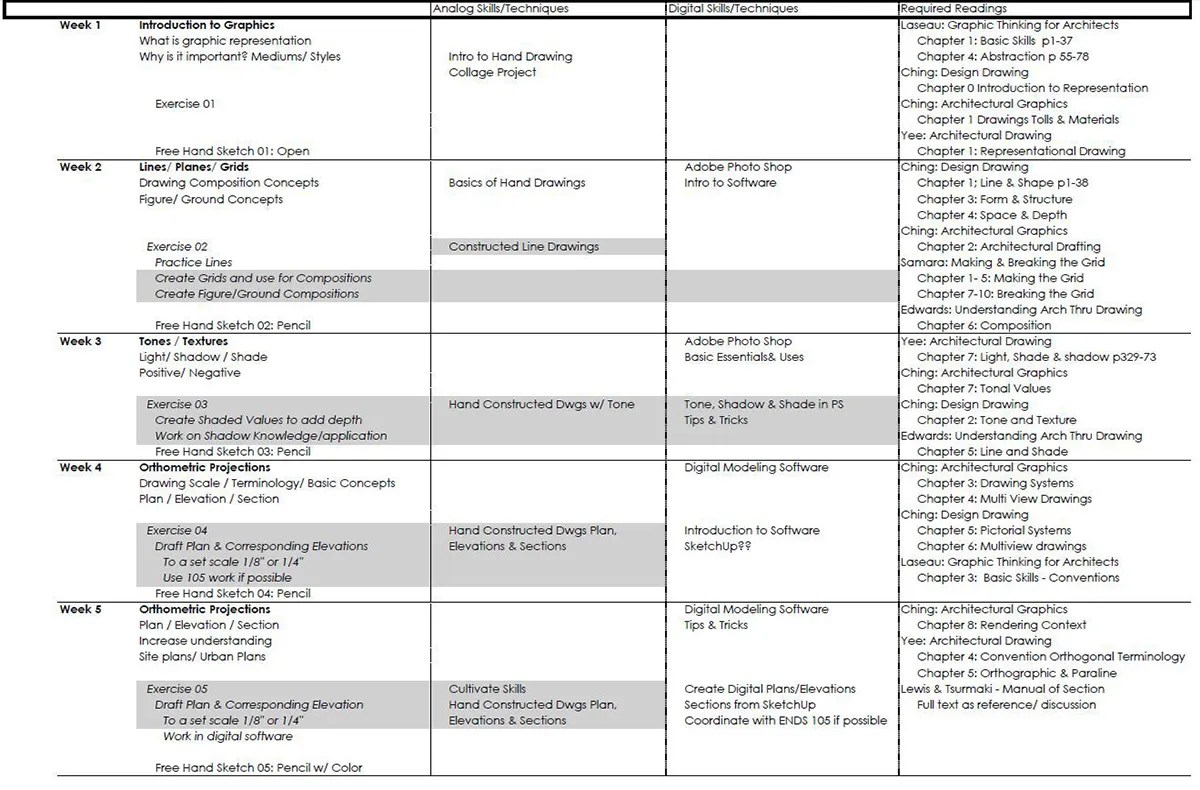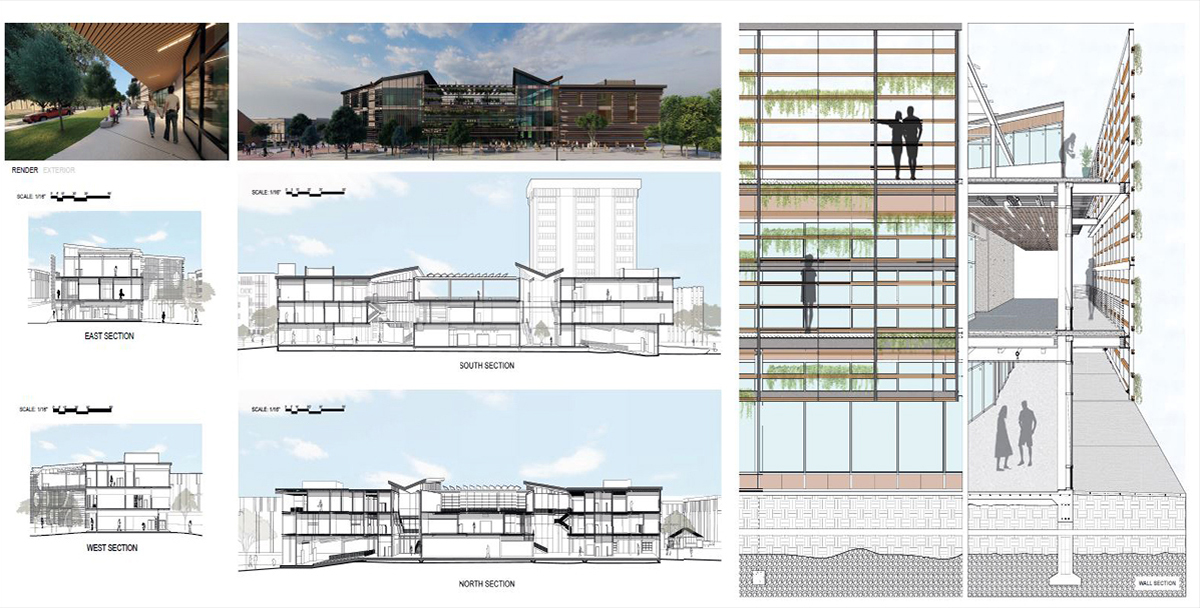I am working on a project that I have never completed in my career: a teaching statement for architecture. This is a new challenge for me, but I am working my way through to complete it. Now I have written about myself in the third person for many different reasons, but never in this manner. If it were only that simple, I could knock it out in no time flat. I have quite the arsenal of data and quips I can select from for that writing assignment. But for this new task, I have until the end of this month to complete this task and create my teaching portfolio for the last year of my studio instruction. So what exactly is a teaching statement? Well, let’s investigate.

Is it an expanded CV?
The idea of a teaching statement seems to have a few notions depending on where you look. Some suggest it is a letter of experience that expands on your Curriculum Vitae (CV) elements. It is used to provide additional content on the courses you are qualified to teach, have taught, details about the courses you have created, the structure of your courses, or even how you measure evidence of learning within your courses. This notion is highly focused on the “What” and the “How” and much less on the “Why” you teach. So in this instance, it is a very technical type of written statement. Often times this exact approach is required for job applications in higher education. They want to better understand your skill set and experience in practical teaching. It is a no-nonsense, fact-based approach to a teaching statement. This may be the norm in many non-creative fields of study even.

Is it a philosophical statement?
Others express this as a letter that is utilized to summarize your philosophies on teaching and specifically your subject matter, area of expertise, preferred theory, or focus of study. This one is definitely more on the “Why” omitted from the first approach. The written statement here is almost entirely focused on that “Why” portion. This statement should, of course, work into the courses you teach, the methods utilized, and any innovative approaches to teaching the subject matter. But this one tends to be more inspirational and less technical. I think this is where many of the architecture and design faculty create their teaching statements. Let’s hope I’m correct here, or this may go extremely poorly in about a month.

In all things, Structure
So, of course, there are various templates online and in software and all over that have been created for these types of writing exercises. But for me, the question becomes, “Is this something formulaic?”. I am not certain how I feel about that at this point. I think it could be, but then again, if it is more creative in nature, how much of a template should there be. During my searching the interwebs and asking colleagues about this for a while now, there seems to be a mass of conflicting information to some extent. It appears, like most things, it comes down to personal preference. I will continue to venture forth with this process and, at some point very soon, be forced to choose a path for my statement.

My main concern
We have reviewed all of this information from a practical application up to now. However, I have an issue that I am searching to overcome when it comes to my teaching statement. During my past five years of teaching, both part and full-time, I have taught all but nine of the possible thirteen studios within the department of architecture. After this spring semester, it will be up to eleven. These studios span from first-year undergraduate studios to sixth-year graduate students. From my perspective, this makes it more difficult to summarize a teaching philosophy or intent when each of these requires a much different approach to the instruction and even content. How can one truly summarize an attitude towards teaching that encompasses all of these differing needs and levels of understanding? I am sure it is possible, but then it seems that it would have to be extremely vague and possibly applied to any type of teaching with only a small amount of architecture and design sprinkled into it.

Why Am I Doing This?
So the reason for this whole task is that I am required to create a teaching portfolio each year for my annual review and for my department. This truncation makes it a bit easier as it is only for the previous year’s teaching load. But even then, in the past year, I taught first-year students, graduating seniors, and graduating masters’ students. That is quite a spread to summarize what I was focused on imparting to them as part of my teaching. Of course, I am certain I will figure this out, but it is my current challenge as we begin the new year and new semester. I hope that at some point, I can create a more comprehensive statement for my educational philosophy and use it to guide my efforts and focus as I continue to teach. I believe it would be useful no matter how my teaching circumstances evolve. It is definitely a new challenge and one that I hope to enjoy and gain some insight into my own thoughts as this new year takes shape.
Even though it is too late to “officially” say it … Happy New Year to you all.
Until next time,

